SHILLONG, JULY 15: Though there is no accurate data, but medical experts have stated that the increasing cases of ‘diabetic retinopathy’, a leading cause of blindness has become a major health concern in Meghalaya.
According to them, the disease can be prevented and treated if diagnosed at the right time by making the population aware and improving their health seeking behavior.
This was revealed at a meeting on ‘comprehensive diabetic retinopathy screening in Meghalaya’ organized by the Meghalaya Blindness Control Society, Shillong (MBCS) and Sri Sankaradeva Nethralaya (SSN), a centre of excellence in eye care at Shillong Civil Hospital here on Wednesday.
The meeting has also proposed to set up a centre in civil hospital for screening as well as offering ‘lazer treatment’ free of cost for diabetic retinopathy.
The screening will not only help diagnosing diabetic patients but will also help to ascertain the exact incidence of diabetic retinopathy in the state.
While speaking at the meeting, SSN Medical Director and Trustee Dr Harsha Bhattacharjee said, “In India, it is estimated that there are 62 billion diabetic individuals and it is predicted that by 2020-2030, 79.4 million people who are at risk will develop diabetic retinopathy.”
Stating that diabetic retinopathy is a leading cause for blindness, Dr Bhattacharjee said, “Diabetes is a lifestyle disease as there is some defect in the lifestyle which give rise to diabetes.”
However, he said, “But the good thing is that the diabetic blindness is preventable and treatable if the disease is diagnosed at the right time.”
Pointing out that people are still becoming blind out of diabetes, the doctor said, “Every citizen if they become aware, health conscious and practice healthy lifestyle as well as improving their health seeking behavior then the disease is easily taken care off.”
While the onset of diabetic retinopathy develops within a period of 10 years and for a patient to become blind it takes another 10 years, he said if people are conscious and improve our health seeking behavior, we can tackle or defeat the disease and avoid the total blindness.
Stating that diabetes patient to become blind is 20 per cent higher than a healthy population, Dr Bhattarcharjee said, “The conversion rate of blindness from diabetes retinopathy is 6 per cent per year.”
He said in the United Kingdom they are maintaining a register and their register says that if a blind person register that the blindness is due to diabetic, they survive only for four years after registration.
“The diabetic retinopathy blindness is an indicator of life expectancy, they are going to suffer for four year and the percentage is 50 per cent and only 10 per cent cases after controlling diabetic status they live for another 10 years,” he said.
He however said that science has proven that diabetic retinopathy can be prevented by three measures which one is prevention of diabetes, secondary treatment (lazer treatment for diabetic retinopathy) and third is the tertiary treatment, which is treatment for those patients who is already blind out of diabetic retinopathy.
According to him, partially tertiary treatment is highly expensive and the success rate is move only 10 per cent.
“90 per cent patients who are coming for tertiary treatment (after losing their vision), that time the treatment is very expensive with only 10 per cent success rate,” he said.
Therefore, the SSN medical director said that seeing the figure in the hospitals, they have decided to do some grassroot level activities to make the people aware that anybody can develop diabetes and to develop diabetes is not a harm, but, they have to be cautious to prevent diabetes.
Informing that they have developed a programme for screening, he said, “This is to encourage people above the age of 40 years to get laser treatment done before they develop losing of vision out of diabetic retinopathy.”
“After checking if found that the patient has develop diabetic retinopathy, he will be given counseling by a physician and if require t laser treatment will be offered to him free of cost,” he said while informing that the treatment will be initiated in the Shillong Civil Hospital.
He informed that the two screening will be held in every six month in places like Shillong, Jowai and Tura.
Earlier in his speech, MBCS member secretary Dr MS Nonghuloo expressed hope that under the expert methodology and guidance of Dr Bhattacharjee, the diabetic retinopathy can be eradicated from Meghalaya.
“This has increasing progressively, thus posing a major health problem and economic burden,” he said adding “I am sure by the time the screening is completed we will know the exact incidence of diabetic retinopathy in our state.”- By Our Reporter


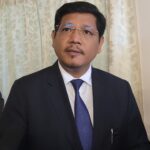






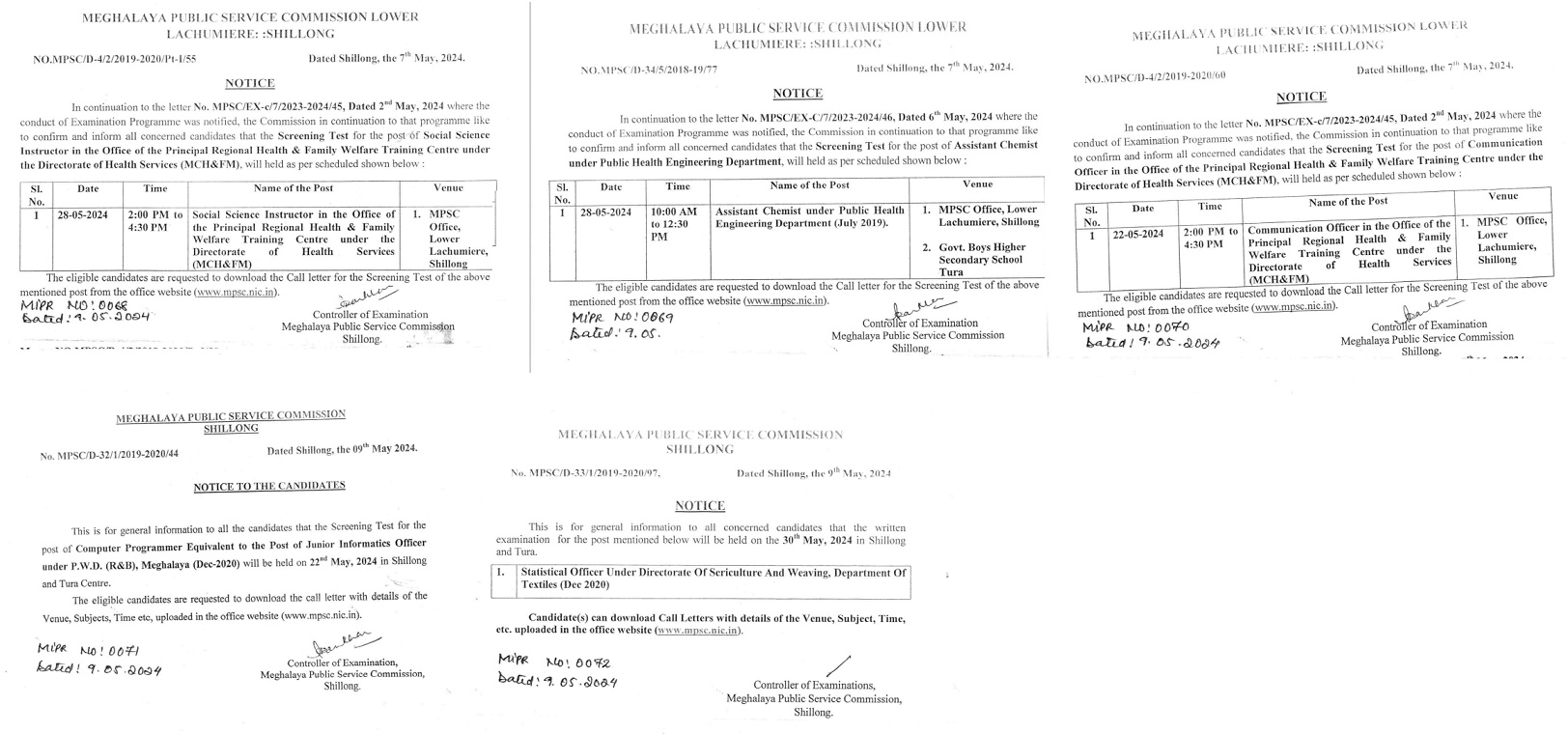


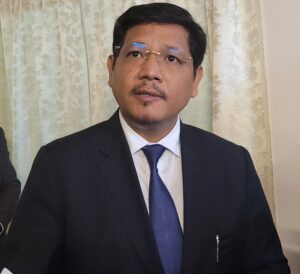
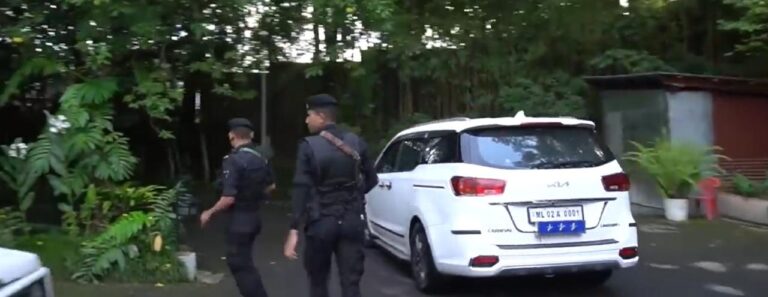

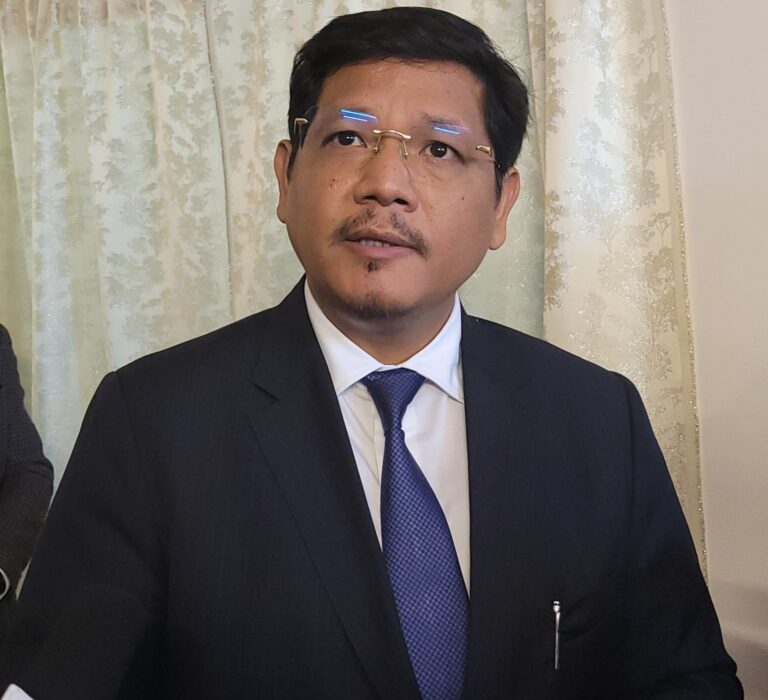




+ There are no comments
Add yours